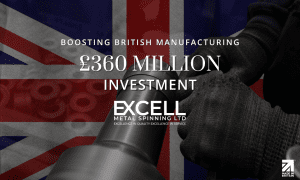
Boosting British Manufacturing: A £360 Million Investment
Boosting British Manufacturing: A £360 Million Investment Facebook Twitter LinkedIn WhatsApp Email It’s been declared ahead of the Budget that Chancellor Jeremy Hunt will announce
Share this article:
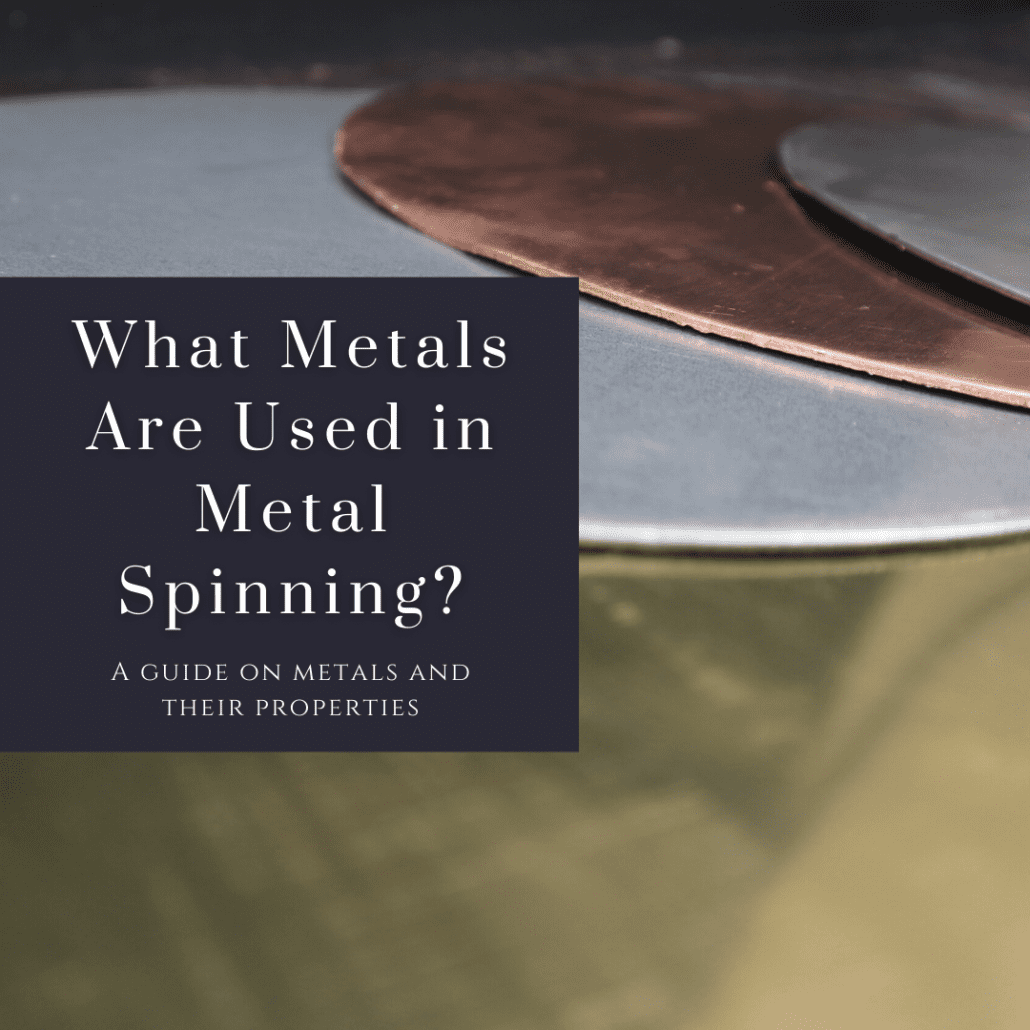
Metal spinning is a versatile forming process utilized for creating axially symmetric components across various industries. It involves rotating a pre-sized metal disk at high speeds while applying force to shape it using specialized spinning tools. When considering your metal spinning project, it’s crucial to understand the range of metals available.
We’ve previously walked through our 7 Design Tips for Your Metal Spinning Project and today we are taking a more in-depth look at what materials are common and not so common. At Excell, we offer a diverse selection of common and uncommon materials, each with its unique properties, uses, and industries they serve. Let’s explore them:
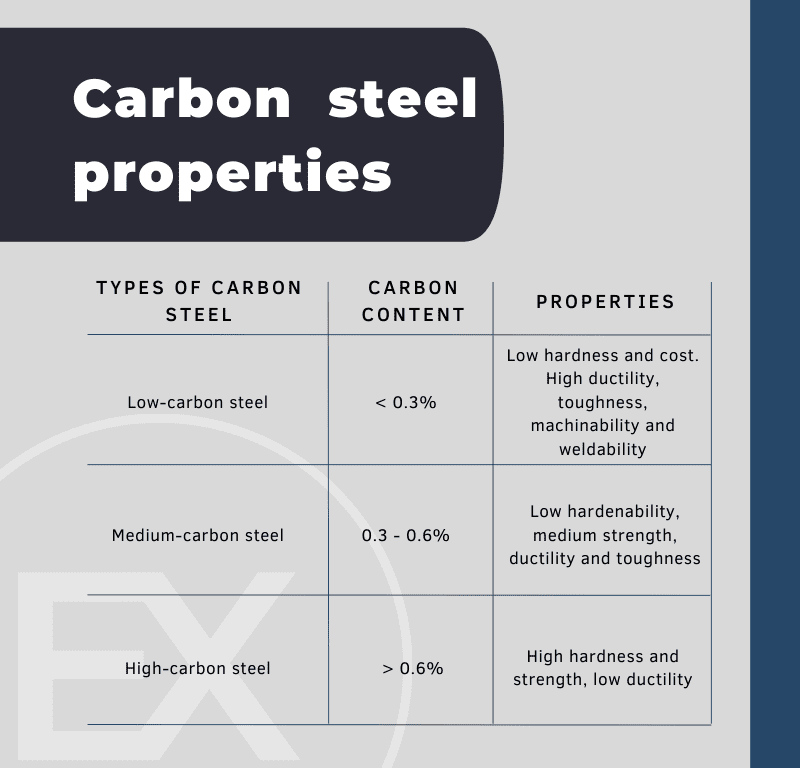
At first glance these materials may look similar, but as you can see each offers its own characteristics and performance enhancements. It is important that your projects application and needs are assessed before choosing a material to ensure the best outcome, this can be done by collaborating with your metal spinners.
At Excell, our team is ready to help you choose the right materials and tooling for your project for your production parts. We will be able to make recommendations to maximize both quality and your cost savings.
As a leading expert in the field of Metal Spinning, and the leading organization in the UK Metal Spinning Industry, Excell’s services have been widely sought after worldwide. With the vast skills and knowledge required, we can ensure quality products are delivered on time and to your requirements!
To get started on your next project with us, and to determine the best possible solution for your industry needs, you can fill out a Quotation Form. Our team are on hand ready to help you!
Aalco. (2022). Literature Files. Retrieved from Aalco: https://www.aalco.co.uk/literature/files/aalco-aluminium.pdf
Anderson, M. (2021, November 3). What are the different grades of steel? Retrieved from Mead Metals, Inc.: https://www.meadmetals.com/blog/steel-grades
Anne Marie Helmenstine, P. (2020, January 30). What Is Brass? Composition and Properties. Retrieved from Thought Co.: https://www.thoughtco.com/brass-composition-and-properties-603729
ASM International. (n.d.). Corrosion of Aluminium and Aluminium Alloys. Retrieved from ASM International: https://www.asminternational.org/documents/10192/3456792/06787G_Sample.pdf/c4151917-99fc-46e8-a310-d5578d0af160
Azo Materials. (2005, May 18). Grade 304 Stainless Steel: Properties, Fabricaiton and Applications. Retrieved from Azo Materials: https://www.azom.com/article.aspx?ArticleID=2867
Azo Materials. (2013, August 7). Monel 400 Alloy (UNS N04400). Retrieved from Azo Materials: https://www.azom.com/article.aspx?ArticleID=9338
Baker, T. (2022, February 12). Uses for Mild Steel. Retrieved from Baker Steel Trading Ltd: https://www.bakersteeltrading.co.uk/what-can-mild-steel-be-used-for/
Bell, T. (2020, March 10). The Properties and Composition of Monel 400. Retrieved from Thought Co.: https://www.thoughtco.com/monel-400-properties-and-composition-2340256
BigRentz, Inc. (2021, February 1). 4 Types of Steel: What Makes Them Different? Retrieved from Big Rentz: https://www.bigrentz.com/blog/types-of-steel
Bohn, R. (2012, September 27). What’s the difference between 304 and 316 stainless steel? Retrieved from Nema Enclosures: https://www.nemaenclosures.com/blog/304-and-316-stainless-steel/
Britannica. (2016, January 20). Copper. Retrieved from Britannica: https://www.britannica.com/science/copper/Principal-compounds
Britannica. (2016, January 20). Titanium. Retrieved from Britannica: https://www.britannica.com/science/titanium
Cavallo, C. (2019, November 11). All About 304 Steel (Properties, Strength, and Uses). Retrieved from Thomas: https://www.thomasnet.com/articles/metals-metal-products/all-about-304-steel-properties-strength-and-uses/
Chemistry Learner. (2018, November 28). Monel. Retrieved from Chemistry Learner: https://www.chemistrylearner.com/monel.html
Dey, A. K. (2021, April 9). What is Monel? Properties, Applications, Grades, Advantages of Monel (With PDF). Retrieved from What is Piping: https://whatispiping.com/monel-material/
Geise, S. (2021, August 9). Know the Differences Between 304 Stainless Steel vs 316. Retrieved from Kloceckner Metals: https://www.kloecknermetals.com/blog/304-stainless-steel-vs-316/
Harris, A. (2017, July 28). The Pros and Cons of 304 vs 316 Stainless Steel. Retrieved from Arthur Harris & Co: https://arthurharris.com/news/304-vs-316-stainless-steel/
Industrial Quick Search. (2021, June 23). Titanium Metal. Retrieved from Industrial Quick Search: https://www.iqsdirectory.com/articles/titanium/titanium-metal.html
Langley Alloys. (2020, May 20). Properties of Inconel 625. Retrieved from Langley Alloys: https://www.langleyalloys.com/2020/05/20/properties-inconel-625/
Lenntech. (n.d.). Monel. Retrieved from Lenntech: https://www.lenntech.com/monel.htm
Materials Science Engineering . (n.d.). Hastelloy C-276 (Composition, Propertis, and Applications). Retrieved from MSE Student: https://msestudent.com/hastelloy-c-276-composition-properties-and-applications/
Matmatch. (2019, May 23). Inconel 625: Properties, Applications and Production. Retrieved from Matmatch: https://matmatch.com/learn/material/inconel-625
Metal Supermarkets. (2020, August 20). Difference Between Stainless Steel and Galvanised Steel. Retrieved from Metal Supermarkets: https://www.metalsupermarkets.co.uk/difference-between-stainless-steel-galvanised-steel/
Morecambe Metals. (2018, November 15). Metals and Their Properties: Brass. Retrieved from Morecambe Metals: https://www.morecambemetals.co.uk/metals-and-their-properties-brass/
Morecambe Metals. (2018, May 23). Metals and Their Properties: Copper. Retrieved from Morecambe Metals: https://www.morecambemetals.co.uk/what-are-the-properties-of-copper/
MSE Student. (2021, June 19). Haselloy C-276 (Composition, Properties, and Applicaitons). Retrieved from MSE Student: https://msestudent.com/hastelloy-c-276-composition-properties-and-applications/
National Material Company. (2019, October 11). Galvanized Steel: Types, Uses, Benefits. Retrieved from National Material: https://www.nationalmaterial.com/galvanized-steel-types-uses-benefits/
Royal Society of Chemistry. (2009, October 24). Aluminium. Retrieved from RSC: Periodic Table: https://www.rsc.org/periodic-table/element/13/aluminium
Royal Society of Chemistry. (2009, October 23). Copper. Retrieved from RSC: Periodic Table: https://www.rsc.org/periodic-table/element/29/copper
Royal Society of Chemistry. (2009, December 24). Titanium. Retrieved from RSC: Periodic Table: https://www.rsc.org/periodic-table/element/22/titanium
Sachin. (2021, June 25). Everything You Need to Know About Carbon Steels & Steel Alloys. Retrieved from Grob Inc: https://www.grobinc.com/blog/carbon-steels-steel-alloys-guide/
Science Direct. (2018, February 21). Galvanized Steel. Retrieved from Science Direct: https://www.sciencedirect.com/topics/materials-science/galvanized-steel
Science Direct. (2020). Carbon Steel. Retrieved from Science Direct: https://www.sciencedirect.com/topics/engineering/carbon-steel
Special Metals Company. (n.d.). Inconel Alloy 625. Retrieved from Special Metals Compay: https://www.specialmetals.com/documents/technical-bulletins/inconel/inconel-alloy-625.pdf
Steel Wire Products. (2020, February 27). Is 316 Stainless Steel Worth the Extra Cost over 304? Retrieved from Marlin Wire: https://www.marlinwire.com/blog/is-316-stainless-steel-worth-the-extra-cost-over-304
Velling, A. (2020, January 24). Mild Steel – All You Need to Know. Retrieved from Factory: https://fractory.com/what-is-mild-steel/
Wasatch Steel. (2017, November 14). Basics and Common Uses of Mild Steel. Retrieved from Wasatch Steel: https://www.wasatchsteel.com/basics-common-uses-mild-steel/
Weerg. (2021, July 13). Aluminium: Properties and Advantages. Retrieved from Weerg.: https://www.weerg.com/en/global/blog/aluminum-properties-and-advantages-of-aluminum
Weinhandl, D. (2021, July 20). Common Uses For Brass. Retrieved from Mead Metals, Inc.: https://www.meadmetals.com/blog/common-uses-for-brass

Boosting British Manufacturing: A £360 Million Investment Facebook Twitter LinkedIn WhatsApp Email It’s been declared ahead of the Budget that Chancellor Jeremy Hunt will announce
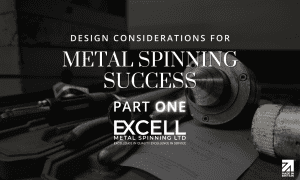
There are many design considerations businesses should considers to get the most out of their metal spinning supply. Read Part One here

Manufacturing plays a pivotal role within the UK, shaping society and innovating like no other. It is the most productive sector in the UK
Units 9 & 10 Gunners Building, Limberline Road, Hilsea
Portsmouth, PO3 5BJ
(+44) 02392-666456
Sales@excellmetalspinning.com